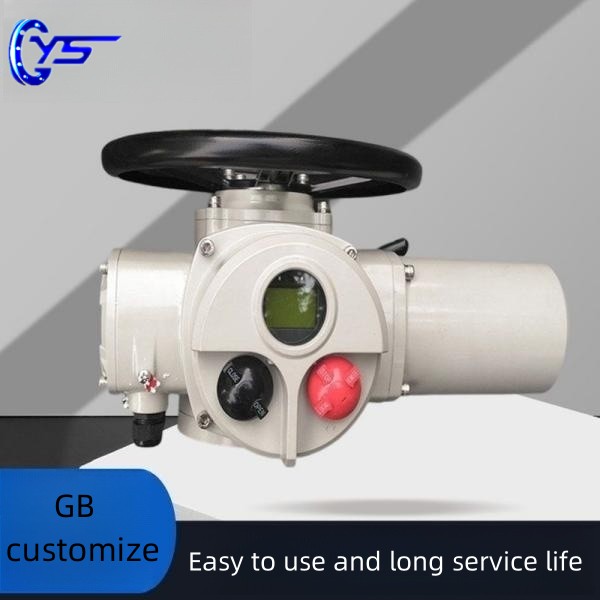needle valve types
Understanding Needle Valve Types
Needle valves are essential components in a variety of fluid control systems, used to regulate the flow of liquids and gases. Their design allows for precise adjustments to flow rates, making them advantageous in applications where fine control is crucial. Different types of needle valves serve various functions and are suited for specific conditions. In this article, we will explore the various needle valve types, their characteristics, and applications.
1. Standard Needle Valves
The standard needle valve is the most common type. It features a tapered pin (the needle) that fits into a matching seat, allowing for gradual control of flow. When the valve is turned, the needle moves either closer or further from the seat, enabling fine adjustments to the flow rate. These valves are often made from materials like stainless steel, brass, or plastic, allowing them to accommodate different media and pressure conditions. Standard needle valves are often used in laboratory settings, chemical processing, and water supply systems.
Gauge needle valves are specially designed to connect directly to pressure gauges. These valves help isolate the gauge from the system to prevent damage during maintenance or testing. With a compact design, gauge needle valves are essential in applications where space is limited, such as in hydraulic systems or compact machinery. These valves often feature a built-in indication to show whether they are open or closed, ensuring safe operation.
3. High-Pressure Needle Valves
needle valve types

High-pressure needle valves are built to withstand extreme pressure conditions. These valves typically feature robust materials and construction techniques that ensure functionality even under high-stress environments. They are used in applications within oil and gas industries, hydraulic systems, and high-pressure laboratories. The precision of high-pressure needle valves allows operators to maintain the necessary flow rates while ensuring safety and efficiency.
4. Low-Flow Needle Valves
Designed for applications requiring minimal fluid flow, low-flow needle valves allow for exquisite control over tiny amounts of fluid. Their unique construction enables them to function effectively even with very low pressure differentials. These valves are commonly used in applications such as fuel injection systems, laboratory experiments with gases, and chemical feed controls. The ability to finely adjust flow in low-flow applications is critical for processes requiring precise measurements.
5. Manual vs. Automatic Needle Valves
Needle valves can also be categorized based on their actuation method manual or automatic. Manual needle valves require user intervention to adjust flow and are often equipped with a circular knob for easy operation. They are prevalent in systems where operators need to constantly monitor and control for accuracy. On the other hand, automatic needle valves utilize actuators and sensors to control flow, making them suitable for automated systems in industrial environments. These valves can respond to changing conditions without manual input, improving efficiency and safety.
Conclusion
Needle valves play a vital role in fluid control across diverse industries. Understanding the different types of needle valves and their applications ensures that engineers and operators can select the right valve for their specific needs. Whether dealing with high pressure, low flow, or integration in complex systems, knowing your options can lead to better performance and safety in your operations.
-
Breakthrough in Domestic Low Temperature Valve Technology in ChinaNewsAug.18,2025
-
From Machinery to Intelligent Brain: The Digital Transformation Wave of the Valve IndustryNewsAug.18,2025
-
PCVEXPO 2025NewsAug.18,2025
-
The Key to Fluid Control: Exploring the Advantages of Ball Valves in Industrial SystemsNewsJul.09,2025
-
The Versatile World of 1, 2, and 3 Piece Ball ValvesNewsJul.09,2025
-
Stainless Steel Ball Valves: The Ideal Choice for Efficient Flow ControlNewsJul.09,2025
-
Optimizing Fluid Control with Ball Float ValvesNewsJul.09,2025




